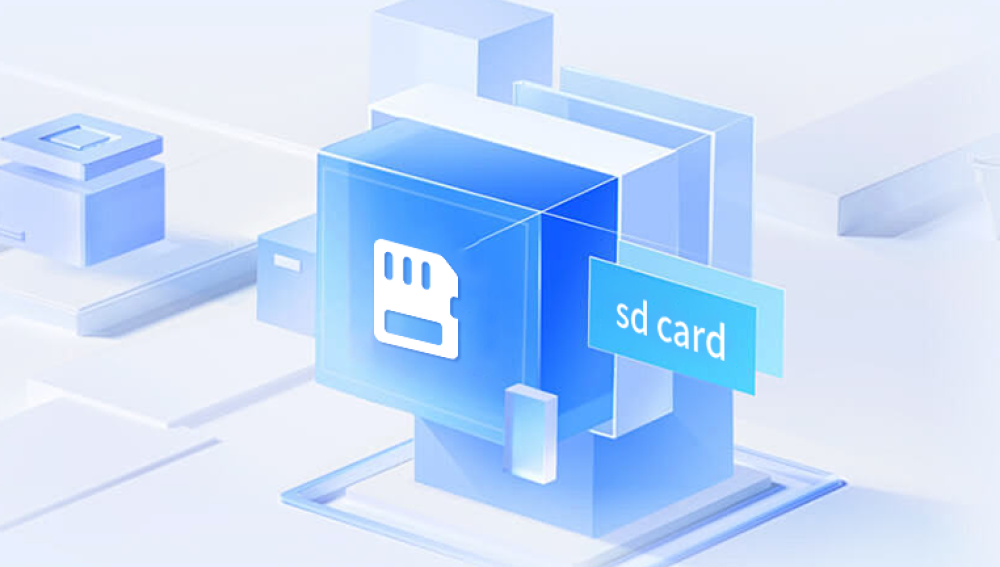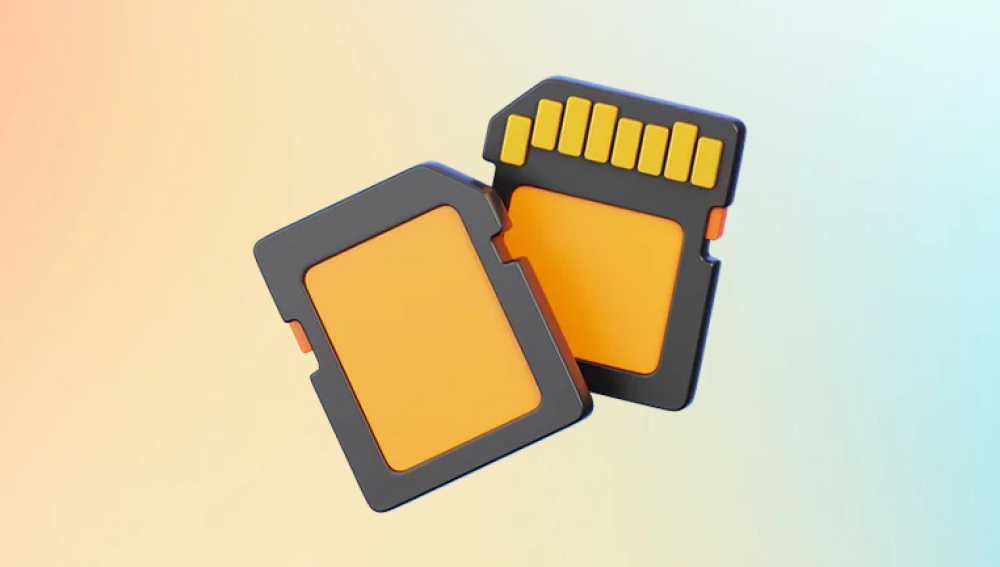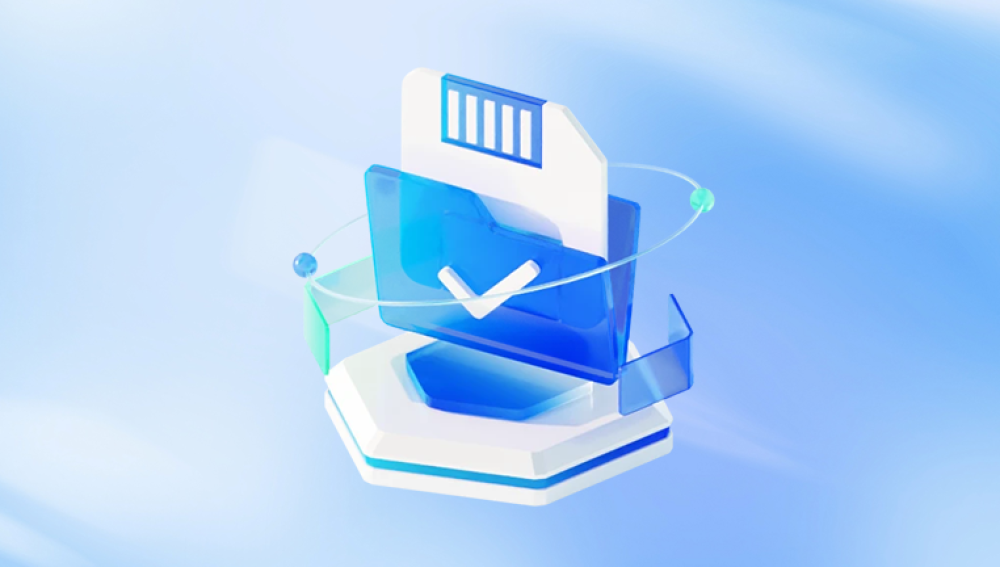SD cards are widely used in devices like cameras, smartphones, tablets, drones, and gaming consoles. Despite their reliability, SD cards are prone to file loss due to accidental deletion, formatting errors, corruption, virus infections, or unexpected system shutdowns.
When files are deleted from an SD card, they are not immediately destroyed. Typically, the system marks the space as available for new data, leaving the actual file content untouched until overwritten. This means recovery is often possible with the right approach and tools especially with free software that doesn’t require expensive licenses.
Common Reasons for File Loss on SD Cards
Accidental deletion of files or folders.
Formatting the SD card by mistake.
Corruption due to improper removal or power loss.
File system errors making the card unreadable.
Virus or malware infections.
Physical damage (Note: software-based recovery works only for logically damaged cards).
Recognizing these issues early helps you take appropriate recovery steps while avoiding actions that might worsen the problem.

Step 1: Stop Using the SD Card Immediately
As soon as you realize files are missing, the first rule is to stop using the SD card. Avoid adding new files or attempting to format the card again.
Why? Any new data might overwrite the space where the deleted files are still stored, making recovery difficult or impossible.
Step 2: Check if Files Are Hidden
Before using recovery software, check if files are hidden due to system errors or viruses:
Connect the SD card to your computer.
Open File Explorer (Windows) or Finder (Mac).
Enable viewing hidden files.
On Windows: View > Hidden items.
On Mac: Press Command + Shift + . (period).
Sometimes, what looks like missing files are simply hidden and can be restored manually.
Step 3: Choose Free SD Card Recovery Software
Drecov Data Recovery
Drecov Data Recovery offers a convenient way to recover deleted or lost files from SD cards without requiring a paid license for basic recovery tasks. Whether your SD card was accidentally formatted, files were deleted, or the card became unreadable due to corruption, Drecov Data Recovery provides an accessible and free method for retrieving files.
To begin, download and install Drecov Data Recovery on your computer. It is important to avoid installing the software on the same storage device you are trying to recover files from, which in this case is your SD card. Once installed, connect the SD card to your computer using a card reader or a compatible device. Open Drecov Data Recovery, and it will automatically detect available drives, including your SD card.
Select the SD card from the list and choose between a quick scan or a deep scan. A quick scan works best for recently deleted files, while a deep scan is more thorough and can recover files from formatted or corrupted SD cards. After scanning, Drecov Data Recovery will display a list of recoverable files categorized by type, such as photos, videos, documents, or audio files.
You can preview files before recovery to ensure they are intact. Once you confirm the files you want to recover, select a different storage location on your computer to save them. Avoid saving recovered files back onto the SD card to prevent overwriting other recoverable data.
Step 4: How to Recover Files Using Recuva
Recuva Overview:
Simple and free tool ideal for quick recoveries on Windows systems.
Steps:
Download and install Recuva from its official website.
Launch the program and insert your SD card.
Recuva’s wizard will ask what type of files you want to recover (pictures, videos, documents, etc.).
Select your SD card’s drive letter.
Choose between Quick Scan and Deep Scan. Quick Scan is faster but less thorough.
Review the scan results. Recuva uses color codes to show file health:
Green: Excellent
Orange: Potentially overwritten
Red: Unlikely to recover
Select files and click “Recover.”
Save recovered files to a location other than the SD card.
Step 5: How to Recover Files Using PhotoRec
PhotoRec Overview:
Powerful, open-source tool that works on almost all platforms but has a text-based interface.
Steps:
Download PhotoRec (it comes bundled with TestDisk).
Extract the downloaded files.
Run PhotoRec (no installation needed).
Select your SD card from the list of detected devices.
Choose the partition type—usually FAT32 or exFAT for SD cards.
Select the file types you want to recover.
Choose a destination folder for recovered files.
Let PhotoRec scan and recover files.
Note: PhotoRec ignores the file system, which helps recover data from severely corrupted cards but may not retain file names or folder structures.
Step 6: How to Recover Files Using MiniTool Power Data Recovery Free
MiniTool Overview:
User-friendly with clear instructions. Free version has limits but works for small recoveries.
Steps:
Install and open MiniTool Power Data Recovery.
Insert and select your SD card.
Click “Scan.”
Preview files using built-in features.
Select files to recover and choose a different drive for recovery.
Step 7: Additional Free Tools Worth Mentioning
Puran File Recovery (Windows only)
Lightweight and simple, supports formatted and deleted file recovery.
SoftPerfect File Recovery
Extremely small download size, basic interface but works reliably.
Windows File Recovery (Windows 10 & 11 Command Line Tool)
Built-in but requires familiarity with command-line operations.
Step 8: Important Recovery Tips
Always recover to a different drive or location. Saving files back onto the SD card may overwrite other recoverable data.
Use Deep Scan options if Quick Scan does not find the files you need.
Be patient—large SD cards or extensive deep scans can take hours.
Step 9: What If the SD Card Isn’t Recognized?
If your computer does not recognize the SD card:
Try a different card reader or USB port.
Check Disk Management (Windows) or Disk Utility (Mac) to see if the card appears unallocated or unformatted.
Avoid reformatting until recovery attempts are completed.
For physically damaged cards, software recovery isn’t effective; professional services may be required.
Step 10: When to Consider Professional Recovery Services
Free software is ideal for logical errors and accidental deletion. However, physical damage, broken connectors, or severe corruption may require professional help.
Professional services involve:
Specialized equipment.
Cleanroom environments.
Data extraction from memory chips directly.
Costs can be high, so weigh the value of the lost data carefully.
Step 11: How to Avoid Future Data Loss
Preventative measures save time and stress:
Regularly back up SD card content to your computer or cloud storage.
Use high-quality SD cards from reputable brands.
Safely eject cards before removing them from devices.
Avoid using the same SD card for multiple devices.
Replace aging SD cards periodically, as flash memory degrades over time.
Common Myths About SD Card Recovery
“Once deleted, files are gone forever.”
Not true unless new data has overwritten the space.
“Formatting erases everything permanently.”
A quick format leaves data recoverable until overwritten.
“Only paid tools work.”
Many free tools are just as effective for standard recoveries.




